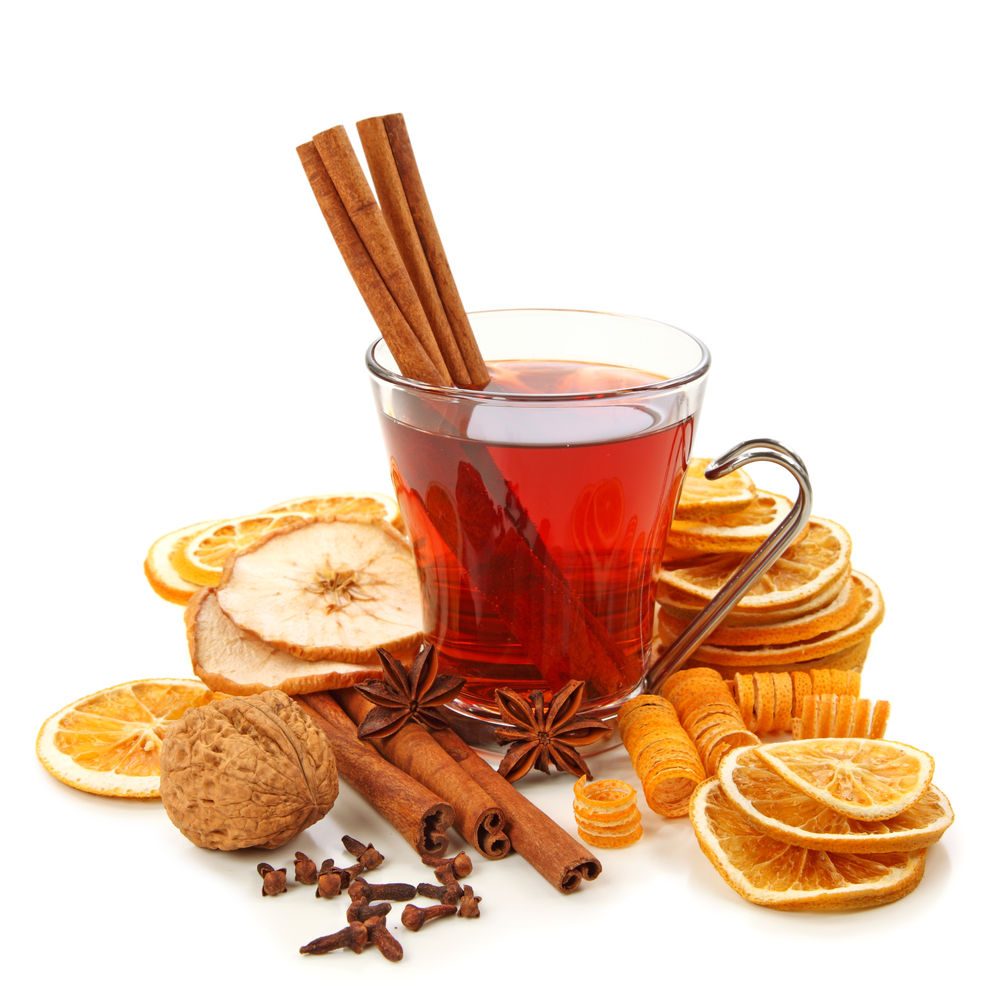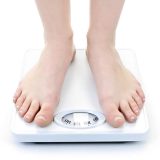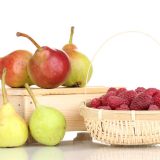

Here are ten tea types to try that have some wonderful health benefits:
- Green Tea – Many people swear by green tea for weight loss, and green tea has also been shown to reduce cholesterol, and it has immune and antioxidant properties as well.
- Milk Thistle Tea – With a slightly bitter taste, milk thistle can be blended with spearmint leaf to give it a light, fresh flavor. Milk thistle, especially UltraThistle®, is well known for improving liver function.
- Mullein Tea – Mullein is a common weed with fantastic lung-healing properties. Dried mullein leaves make a mild tea that is great for treating coughs, lung weakness, respiratory constriction and chest colds.
- Dandelion Tea – Dandelion tea has long been used to treat digestive issues of all kinds and has been shown to support liver function. It can also be used as an herbal treatment to support the body when dealing with jaundice, hot flashes and kidney stones.
- Ginger Tea – Great for digestion and immunity, ginger is best known for its ability to manage nausea. Pregnant women have long known that ginger helps with morning sickness, but it can also be used to fight nausea when experiencing stomach ailments and nausea from chemotherapy. This tea can be made from grating fresh ginger, with no need to dry it before preparing.
- Peppermint Tea – A wonderful pick-me-up, peppermint tea is also great for stomach and digestive problems and may ease headaches.
- Stinging Nettle Tea – A terrific herbal remedy for allergies and arthritis, stinging nettle tea can be bitter. Blending this with a fruity flavored tea will make this tea more enjoyable.
- Ginseng Tea – An herbal remedy for menopausal symptoms, this tea has been used to reduce hot flashes, reduce sleep disturbances and mood swings associated with menopause.
- Lemon Balm Tea – This light, fresh flavored tea is excellent for headaches. It is soothing and calming, and can be used as a sleep aid as well.
- Chamomile – Perfect for stomach and digestive distress, chamomile is also calming and has surprising antibacterial properties.
These ten teas are only a handful of the flavors available, and tea flavors can be mixed and blended to create almost endless possibilities. Brew up some tea today for a relaxing beverage that offers amazing health boosting benefits, too!
How to Make a Perfect Cup of Tea
Tea lovers make an art form out of brewing tea, and learning to make a perfect cup can take some practice. Draw fresh, cold water for the kettle each time and be sure the pot is clean. Warm the teapot and cups by pouring a small amount of boiled water into them and swirling it around, then pouring it out before brewing or serving. For green tea, use water that is just at the boiling point. When using a teapot, a good rule of thumb is 1 teaspoon of loose tea per person plus one extra teaspoon (for the pot), but it is okay to make it to taste if you like a stronger cup. Tea should brew for 2 1/2 to 3 minutes, then add milk or lemon to taste.





Can ultra thirstle be found around the world apart from the united states.